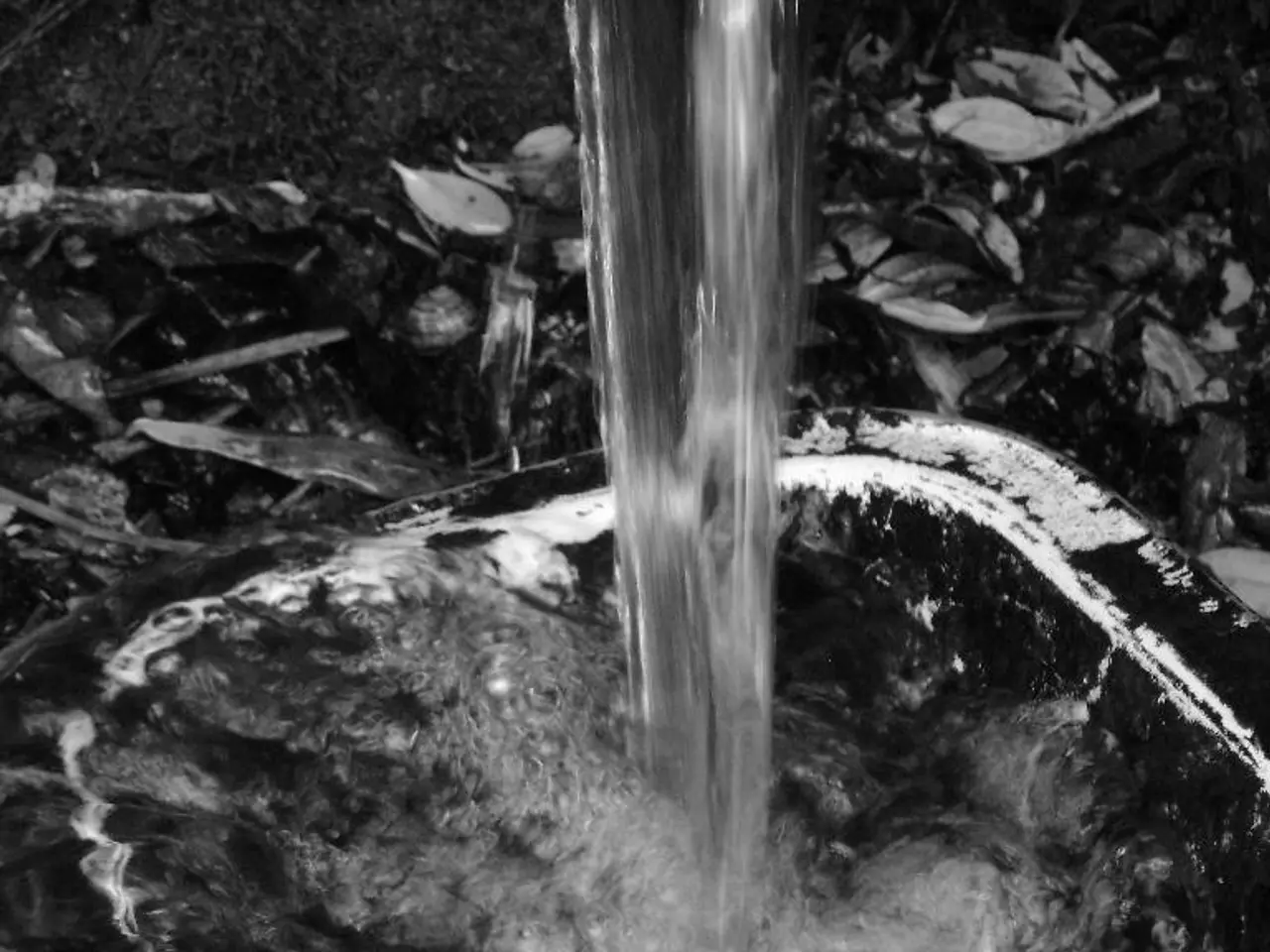Revitalizing Your Plant's Soil: Detailed Instructions for Restoring Vibrant Vegetation
Repotting plants is an essential part of plant care, ensuring they have the optimal environment for growth. Here's a step-by-step guide on the best practices for repotting plants, including the ideal timing, soil mix, and signs to look out for.
The Best Time to Repot Plants
The best time to repot plants is during their active growing season, which typically falls between spring (March to May) and early autumn (late September to October). It's advisable to avoid peak summer heat (June to August) to reduce transplant shock and heat stress. For example, snake plants are best repotted in early spring or summer when growth is active.
Soil Replacement Frequency
Soil should be refreshed typically every 3 to 5 years, especially if the plant is root-bound or the soil has become hydrophobic (water-repellent) and depleted of nutrients. For slow growers like snake plants, changing to fresh soil after about five years is recommended. Repotting also helps refresh old soil, improve drainage, and prevent pest or disease buildup.
Signs to Repot
- Roots visible through drainage holes or circling tightly (root-bound)
- Poor water absorption due to compacted or hydrophobic soil
- Stunted growth or yellowing leaves
Preparing the Planter
Prepare the new planter by layering the bottom with lava rocks or similar if it doesn't have a drainage hole. This creates crevices for excess water to pool into, away from the plant's roots. If the planter has a drainage hole, place a used dryer sheet under the hole before adding fresh potting soil.
Preparing the Plant
To remove a plant from its current pot, turn it sideways, hold it gently by the stems or leaves, and tap the bottom of the pot until it slides out. Preparing the roots of a plant is crucial before repotting, helping to ensure the plant's future health. Loosen the plant's roots gently with your hands, pruning off any thread-like roots that are extra long, and leaving the thicker roots at the base of the foliage.
Soil Mix for Different Plants
For indoor plants, use a mix of peat, shredded pine bark, and perlite or vermiculite to aerate the soil. For succulents, use at least 50% sand or similar material. For outdoor potted plants, soil containing aged wood fibers is ideal.
Repotting Process
- Prepare the new planter as mentioned above.
- Pour a layer of fresh potting soil into the new planter and pack it down, removing any air pockets.
- Add the plant to the new planter, making sure it's centred, then add potting mix around the plant until it is secure.
- Water the plant well and fill in any air pockets by lightly tamping or hand-packing the soil around the plant's roots to ensure good soil-to-root contact.
Post-Repotting Care
Avoid exposing the plant to direct sunlight for a few days to several weeks until the roots take hold. Water lightly afterward to settle the soil without overwatering.
By following these guidelines, you can ensure your plants have the best chance at thriving in their new pots. Happy repotting!
A lifestyle that embraces home-and-garden care may include the cultivation of indoor plants, as the best time to repot these plants typically falls between spring and early autumn, with spring being the optimal season for snake plants. To maintain the health of indoor plants, it's essential to refresh the soil mix every 3 to 5 years, using a combination of peat, shredded pine bark, perlite, and vermiculite.





